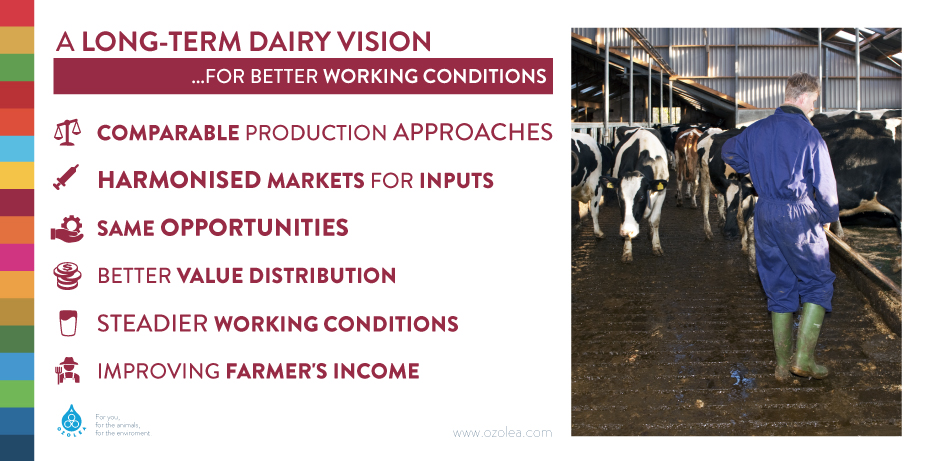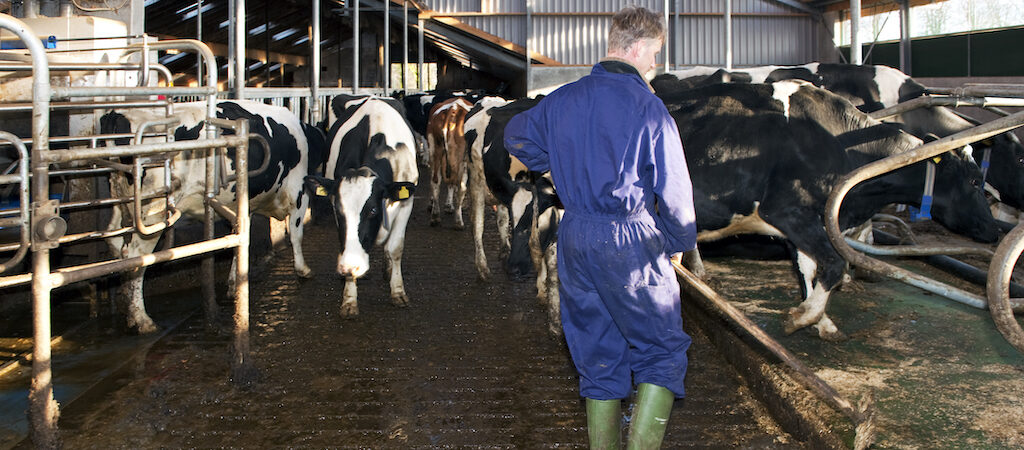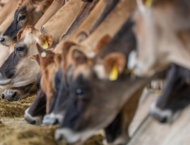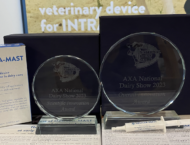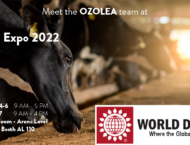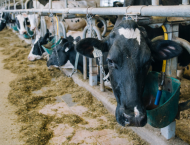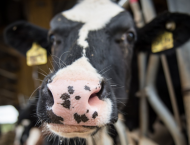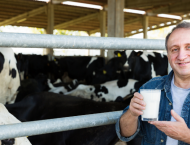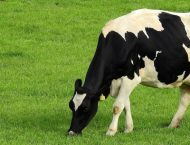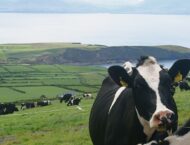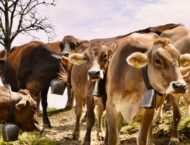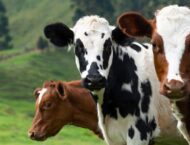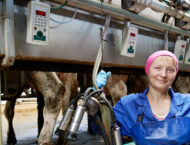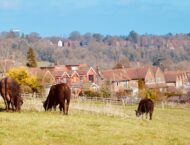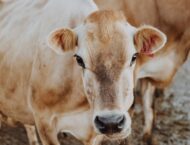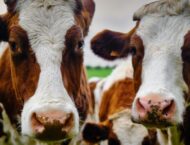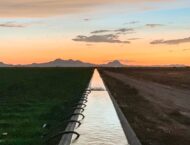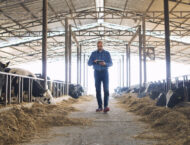With a growing population, reaching 9.7 billion people in 2050 (UN’s estimations), food security is a priority, and livestock husbandry matters.
Expansion of meat and dairy sector is expected, as the demand for such foods is increasing. In this context, and to tackle antimicrobial resistance (AMR), we need an “integral approach towards more sustainable, sustained and inclusive economic growth” (UN 2016. Transforming our World: The 2030 Agenda for Sustainable Development. New York. A/RES/70/1.).
Food security is not the only reason why the livestock sector should not be left behind.
As depicted by the FAO1, livestock production employs at least 1.3 billion people worldwide and, in developing countries, provides livelihoods for 600 million poor smallholder farmers (Thornton et al., 2006).
It is a sector with multiple linkages with other industries: business services of all kinds, markets for different inputs (vehicles, agrochemicals, fertilizers, animal health products, etc.), food processing, and many more.
Its vigorous growth means a lot for many social and economic aspects, representing the major opportunity for developing countries to trace the path towards economic development.
In particular, FAO1 reports that the growth of the livestock sector has the ability to generate “complex vertical and horizontal multiplier effects” that go far beyond agriculture. Moreover, the non-agricultural sector tends to react more elastically to variations happening in livestock husbandry.
Here some numbers from the FAO’s document1: in lower middle-income economies, a 1% increase livestock production tends to extend the non-agricultural sector by 0.76%, while the agricultural sector does it by 0.64%.
These elasticities also show differences depending on the economic development of countries.
It is essential to create long-term, steady and sustainable livestock economic growth models that stress the importance of labor productivity, focusing on valuable and labor-intensive activities and working conditions.
How far are we from the needs to be met to tackle AMR that we highlighted last week2? Actually, not that far. It also has to do with current increased feed prices and volatile milk prices that to not follow the same path as feed prices.
Particularly in EU developing countries, such as Romania, first decision made by farmers is cutting input costs. And this is happening also for essential inputs.
Along with the growing population prospects, the development of the livestock sector is also the first and great opportunity for employment in developing countries. However, the capacity of creating remunerative and steady jobs is and will remain one of the major challenges to tackle poverty.
Unfortunately, there is still heterogeneity and segmentation not only among countries, but also within the sector itself, especially in terms of distribution of value among players.
Therefore, at dairy supply chain level, a long-term vision will be beneficial not only for dairy farmers (better working conditions and increased profit), but, considering its multiplier effects, also for other players along the chain and all non-agricultural sectors revolving around it.
OZOLEA’s SSafeMILK project intend to support the display of a circular and inclusive milk chain approach, reducing disparities within the milk chain and focusing on shared objectives, shared responsibilities and thus more valuable shared results.
1 Transforming the livestock sector through the Sustainable Development Goals
http://www.fao.org/3/CA1201EN/ca1201en.pdf
2 AMR: for a global action, no one must be left behind
https://www.ozolea.it/amr-for-a-global-action-no-one-must-be-left-behind/
3 We need cohesion and sharing results to make consumers understand the importance of paying the fair price for milk
